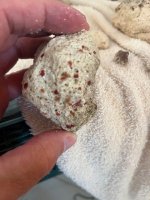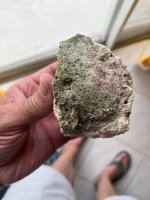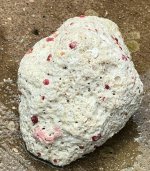bahamasdive2024
Tenderfoot
- Jul 1, 2024
- 7
- 7
Found this item, appears to be ruby color, but I have no idea how to remove the coral particles to see what it really is.
Anyone have any ideas?
Thanks
Anyone have any ideas?
Thanks
Amazon Forum Fav 👍
Attachments
Upvote
4









